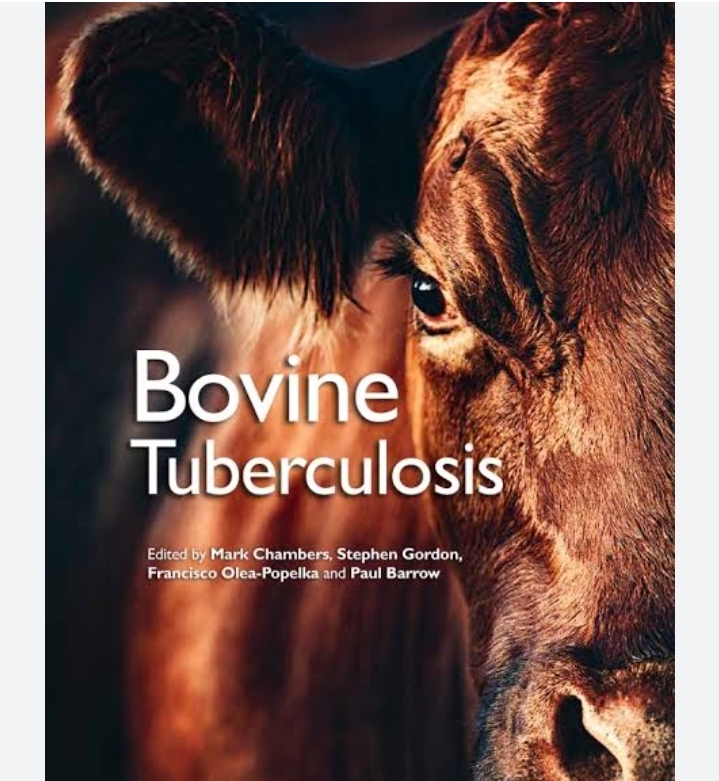
Bovine Tuberculosis (bTB) in Animals
Overview:
Bovine tuberculosis (bTB) is a chronic infectious disease caused by Mycobacterium bovis. It primarily affects cattle but can also infect other animals, including wildlife and domesticated species. The disease can also be transmitted to humans, although this is less common in countries with robust animal health programs.

Effects on Animals:
- Health Decline: Infected animals typically experience a gradual decline in health, leading to weight loss, reduced milk production, and general weakness.
- Respiratory Issues: As the disease progresses, it often causes significant respiratory problems, as it primarily targets the lungs and lymph nodes.
- Reproductive Problems: bTB can lead to reproductive issues in animals, such as abortion or infertility.
- Economic Loss: The disease can lead to significant economic losses for farmers due to reduced productivity and the need to cull infected animals.
Symptoms:
- Early Stage: In the early stages, bTB may be asymptomatic, making it difficult to detect. This is why regular testing is crucial.
- Coughing: A persistent cough, especially in advanced stages, is one of the hallmark symptoms.
- Lymph Node Swelling: Enlargement of the lymph nodes, particularly those in the neck and head regions, is common.
- Weight Loss: Chronic weight loss despite a good appetite is a significant symptom.
- Fever: Animals may experience recurring low-grade fever.
- Respiratory Distress: Difficulty breathing, nasal discharge, and labored breathing are symptoms as the disease progresses.

Prevention Measures:
- Testing and Culling: Regular testing of cattle herds using the tuberculin skin test is crucial. Infected animals should be isolated and culled to prevent the spread of the disease.
- Wildlife Control: Controlling the interaction between cattle and wildlife, which can be carriers of bTB, is essential. This includes fencing, baiting, and other wildlife management strategies.
- Biosecurity Measures: Implementing strict biosecurity measures, such as controlling the movement of animals, disinfecting equipment, and controlling human movement on farms, can reduce the risk of bTB spread.
- Vaccination: In some countries, vaccines are being developed and tested, primarily for use in wildlife or in cattle where the disease is endemic.

Treatment:
- Antibiotics: Treatment of bTB in animals is generally not recommended due to the long duration of treatment, the high cost, and the risk of antibiotic resistance.
- Culling: The primary method of controlling and treating bTB in animals is through culling infected individuals to prevent the spread of the disease to healthy animals.
- Supportive Care: For animals not culled immediately, supportive care such as good nutrition, stress reduction, and management of secondary infections can be provided to maintain their health for as long as possible.
- Also Read about: FNB Personal Assistant Job Application
Conclusion:

Bovine tuberculosis is a serious disease with significant implications for animal health, public health, and the agricultural economy. Effective control and prevention strategies, including regular testing, culling, and biosecurity measures, are crucial for managing this disease in livestock populations.


Leave a Reply